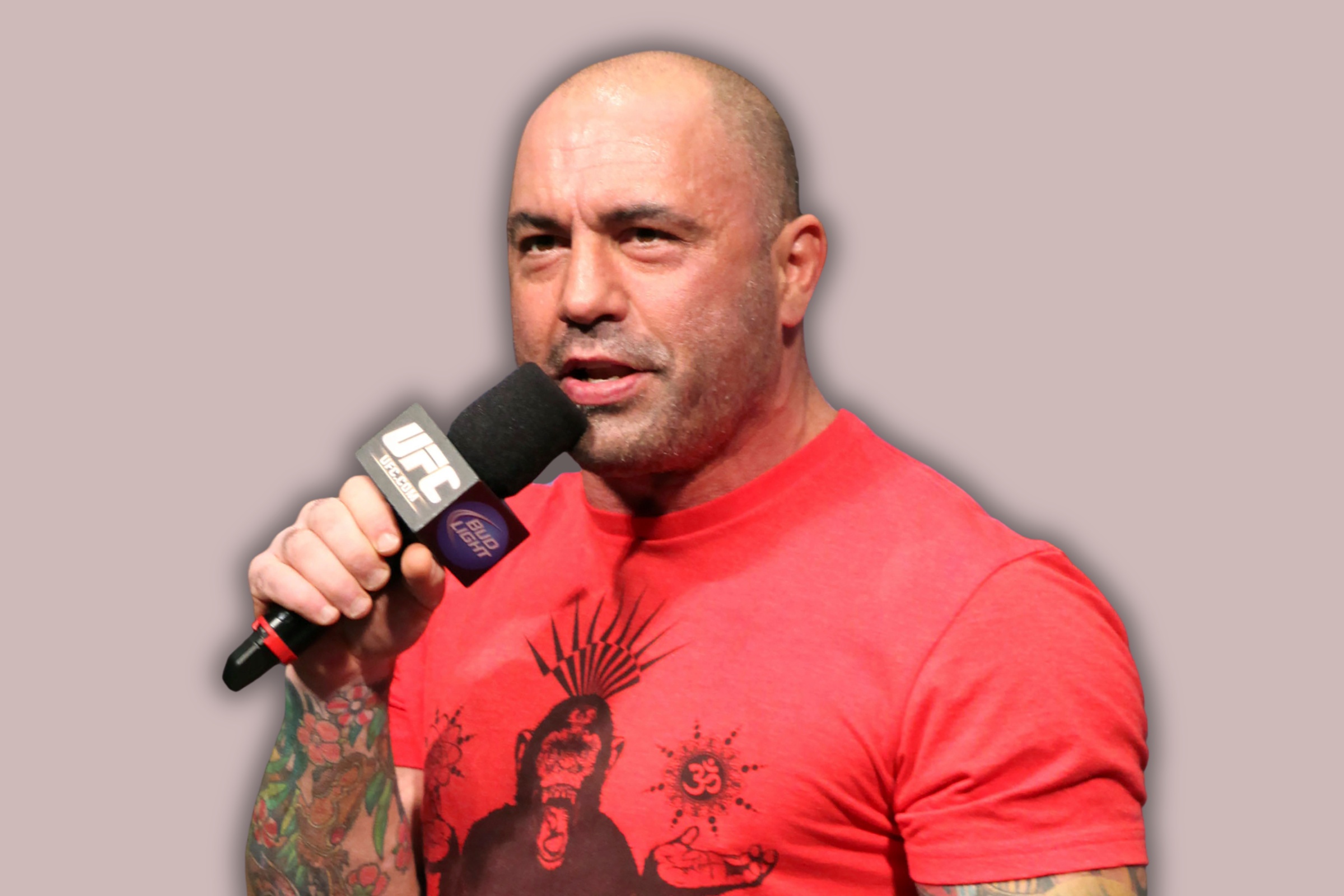Gambling
Is Gambling Addiction Really an Addiction?

Last September, La Monde reported a surge in online sports betting in Brazil: In the first seven months of 2024, approximately 25 million Brazilians began participating in online betting, with an average of 3.5 million new bettors each month. Gambling’s sudden growth in popularity raised concerns about its impact on consumer spending and financial well-being. A survey by the research organization Instituto Locomotiva revealed 51% of Brazilians used money intended for savings to place bets.
In December 2024, the UK’s National Health Service (NHS) announced that referrals for gambling addiction shot up almost 130% between April and September, prompting the NHS national director for mental health to say: “Addiction is a cruel disease that can take over and ruin lives. NHS England has almost doubled the number of specialist clinics available in the space of a year.”
By contrast, Brazil has not structured its healthcare system to accommodate any problems arising from the spike in gambling. The country doesn’t officially recognize gambling addiction. It is by no means alone: Several other countries, including Kenya, Ukraine and the Philippines, allow legal gambling but don’t recognize gambling addiction as a medical condition. The US, Sweden and Australia are among the countries that accept gambling addiction as a treatable condition. But are they right?
The history of gambling and its enemies
Betting money on games of chance is as close to a cultural and historical universal as you can get. The earliest known dice date back to 3000 BCE, discovered in archaeological sites of the Indus Valley Civilization (modern-day Pakistan and northwest India) and ancient Mesopotamia. Gamblers probably bet on games of chance or even board games, such as senet.
Card games became popular in medieval Europe, though the emergence of organized sports from the eighteenth century onward provided a new landscape for gambling. Prizefighting and horseracing prospered because of the fancy, a following of aficionados who gambled enthusiastically (over time, fancy evolved into “fans”). A combination of human curiosity, acquisitive impulses and an ability to think probabilistically maintained our interest in gambling.
People during the Industrial Revolution of the late eighteenth and nineteenth centuries viewed gambling through a moral prism. The Salvation Army, founded in London in 1865, the Women’s Christian Temperance Union, founded in Ohio in 1874, and the Methodist Church were religious organizations that opposed gambling, decrying it as sinful and a product of individuals’ moral failings or a more general moral decay.
Moral condemnation softened in the twentieth century as lotteries, casinos and, in Britain, the football pools normalized gambling, making it respectable. Britain’s Betting and Gaming Act of 1960 significantly liberalized gambling. At that point, gambling was framed as a pursuit, which, if followed zealously could lead to ruin or, conversely, riches. It lay outside the scope or concerns of medicine.
That changed in 1980 when the American Psychiatric Association (APA) formally classified “Pathological Gambling” as a mental disorder in the third edition of the Diagnostic and Statistical Manual of Mental Disorders (DSM-III). In 2013, this organization reclassified it as “Gambling Disorder” in the DSM-5, and categorized it alongside substance-related and addictive disorders.
Medicalization
The expansion of medical authority and the categorization of what were once non-medical issues as medical problems is called medicalization, a process driven by the power the medical profession has accumulated to define a wide range of experiences and practices as medical issues. In this way, the medical profession has widened its jurisdiction by reconceptualizing conditions that have origins in social and cultural circumstances as medical problems requiring professional intervention and treatment. Conditions like ADHD (Attention Deficit Hyperactivity Disorder) and alcoholism have been medicalized. The medical profession, through its ability to regulate itself and define what constitutes illness, has shaped modern understandings of health, illness, and normality.
For example, Body Dysmorphic Disorder was first included in the DSM-IV (published in 1994) under the heading of Somatoform Disorders. In the DSM-5 (2013), hoarding disorder was added as a distinct condition. Other conditions were near-misses: Sex addiction was proposed in DSM-5 but not included (2013). And, while oniomania (compulsive shopping) has been recognized as a behavior of concern, it has never formally been classified as a standalone disorder in the DSM, though it is sometimes considered a manifestation of Obsessive-Compulsive Disorder (OCD).
These conditions resemble more traditional forms of addictions that are compulsions that instigate biophysical changes in the human body and brain. But they aren’t the same: Addictions to, for example, alcohol, nicotine or opioids differ from compulsive behaviors (like shopping or exercise addiction) that don’t involve identifiable physiological processes and biochemical markers.
As recently as the 1990s, we weren’t sure whether gamblers who lost consistently and occasioned hardship to themselves as well as their families deserved blame or community sympathy. Now we know: it is the latter. Gambling addicts, sometimes known as problem gamblers and occasionally compulsive gamblers, are afforded patient status and treated accordingly. They are not credited with volition, by which I mean the faculty or power of using one’s will, or agency, that is the capacity to act in a way that produces a desired effect. Instead, they are invalided and confirmed as having an illness. Poor decision-making is rendered a pathology.
Rational gamblers
Gambling is a social activity, drawing people from diverse backgrounds together to pit their wits and sagacity against one another. No one is forced to engage and, despite arguments that there is a compulsive element to gamblers’ behavior, there is ultimately a question behind placing a bet: “Will I win?” The answer determines the action. In 2013, my erstwhile colleague Jamie Cleland and I conducted a modest research project with 2,500 self-proclaimed gamblers. The results challenged what we called “the myth of the gambling addict” and supported a model of the typical sports bettor as rational decision-makers who understand the odds and the technicalities of betting, rather than helpless victims unable to control their compulsions.
Gambling is a rewarding activity even if the gambler loses money: The gratification is in the frisson of excitement it confers. Labeling some gamblers “compulsive” is misleading: They’re not driven to gamble by overpowering forces but by the prospect of being thrilled. Even when they realize the damaging consequences of losing, they choose to gamble from a range of possibilities. Being encouraged to think of themselves as something other than volitional agents means a kind of surrender is offered.
Sanitization
Addiction has been sanitized to the point where people have assimilated it into their self-conceptions and believe they’re helpless to resist. Writer Adele Walton concedes she is, or was, addicted, in her case to social media apps. She recently reflected on “the behavioural conditioning that I’d unconsciously consented to since getting my first smartphone aged 13” and its consequences: “I couldn’t go 15 minutes without reaching for my phone, and the disappointment would surge each time I realised I couldn’t get that instant dopamine hit.” (Dopamine is a neurotransmitter — a chemical messenger in the brain — that’s associated with feelings of pleasure and reinforcement of behaviors. While there’s direct and persuasive evidence that Class A drugs, like cocaine and methamphetamine stimulate the release of dopamine and consequent habit formation, there’s no compelling proof that social activities like gambling or engaging with social media have comparable mechanisms. The fulfillment derived from these activities is unlikely to be biochemical.)
Some might even exploit the sanitization. Like Amit Patel, a former financial manager for the NFL’s Jacksonville Jaguars who stole $22 million from the team and then sued FanDuel for $250 million, saying the betting company preyed on his gambling addiction by extending him more than $1.1 million gambling credits.
There are undeniably gamblers who have problems, but the sources of those problems probably lie outside the sphere of gambling and are unlikely to be addressed, less still solved, by medical or therapeutic means. Interventions rely heavily on counseling or behavioral therapy. They’re probably not addressing an underlying medical cause, if only because there isn’t one. Self-restraint, impulse control and improved decision-making are the kinds of objectives achievable without medical diagnoses and the admission of addiction it implies.
Addictions have become so prevalent that practically any behavior with undesirable outcomes that’s repeated without modification is likely to be called addictive. About 30% of DUI offenders in the US are estimated to reoffend, continuing to drink and drive even after facing legal consequences. In the UK, a similar pattern of recidivism is emerging. No one suggests drivers can be addicted to driving-under-the-influence. Yet.
Some years ago, the term “dependence” seemed poised to replace “addiction.” This described the state of relying on or being controlled by something or someone and had no clinical or pathological implications, focusing instead on how circumstances and cultural contexts shape behavior.
“Addiction” is easier on the intellect: It is a definable condition with clear boundaries, usually rooted in biology or psychology, offering a simple way to understand behavior that might otherwise be complex and opaque.
The views expressed in this article are the author’s own and do not necessarily reflect Fair Observer’s editorial policy.









